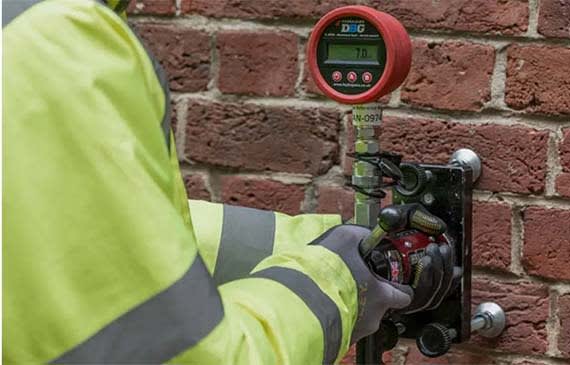
When do I need onsite testing of façade anchors?
- Read time: 2 minutes
- Date: 12 Jun 2023
- Rainscreen & Façades
In most new build applications onsite testing for façade anchors is not required.
The Construction Fixing Association (CFA) indicates that onsite testing is only necessary to determine the tensile strength of façade anchors in the following situations:
When there is no manufacturer’s data available about the fixing’s performance and the Allowable Resistance of an anchor for the substrate material being fixed into.
This means that onsite testing is not required for anchors with European Technical Approval (ETA) that are being used to fix into substrates covered by the criteria of the ETA, as these have already been tested by the manufacturer.
Where proof tests are required to validate the quality of the installation of anchors used on the project. Proof tests should not be carried out to determine the suitability of the substrate material for structural façade fixings.
Proof site tests are also not required for anchors with ETA that are installed in line with the ETA requirements by a competent person under supervision.

Onsite testing is not usually required to determine shear performance as this is generally limited by the material strength of the anchor and the structure. However, it may be needed when fixing into low strength masonry, so check with your chosen fixing manufacturer for further guidance.
Any site testing should be carried out by CFA approved testers and all Fixfast test personnel have this qualification.
Download the CFA Guidance note: Procedure for Site Testing Construction Fixings – 2012
Where can I find the manufacturer’s information about the anchor’s Allowable Resistance for the substrate material?
Information about the Allowable Resistance of an anchor with ETA for the substrate material is included in the manufacturer’s product datasheets.


